The 40-Year-Old Group Enigma
A recent conversation with a CEO caused me to reflect on something I really knew but sometimes forget. And also, it was a reminder that those of us in philanthropy have to do a better job of explaining what we do.
A client CEO started talking about major gift prospects. He launched into a discussion about 40-year-olds who have lots of money because they’re buying big houses. They’re driving nice cars. “We should be thinking about them as potential donors.”
The current economic climate scares a lot of people, including me. But I think it would scare a lot of the forty-year-olds the CEO was referring to. My experience is that many people in that age group have purchased houses that are at the top end of their price limits. And they're taking out loans for cars that will take six, seven, or eight years to pay off. They're leveraged by credit cards. And as inflation increases, along with interest rates, they’re feeling more and more pressed economically. Right, wrong, or indifferent, we live in an instant gratification world and the acquisition of a nice house, driving a nice car, and having lots of “stuff “is important to many.
My experiences, as listed above, were part of my discussion with that CEO. I asked him to think about his kids and their friends. Did they model some of those same behaviors/decisions? After a few minutes of chatting, his opinion changed. It now aligns more with mine. In fact, he started articulating issues and examples with specific children and their friends.
Philanthropy is not about those that appear to have a lot of money. It’s about those who can give and choose to make the world a better place. The likelihood is always more important than capacity. And capacity isn’t defined by what we see standing on the street corner based on the size of their house or the level of fancy car they drive. It’s based on disposable income or on the assets that they choose to give after life is done.
We need to have more conversations with leaders who haven’t worked in philanthropy. The more we talk about these kinds of issues, the better our nonprofits will be, in the short and long-term.


